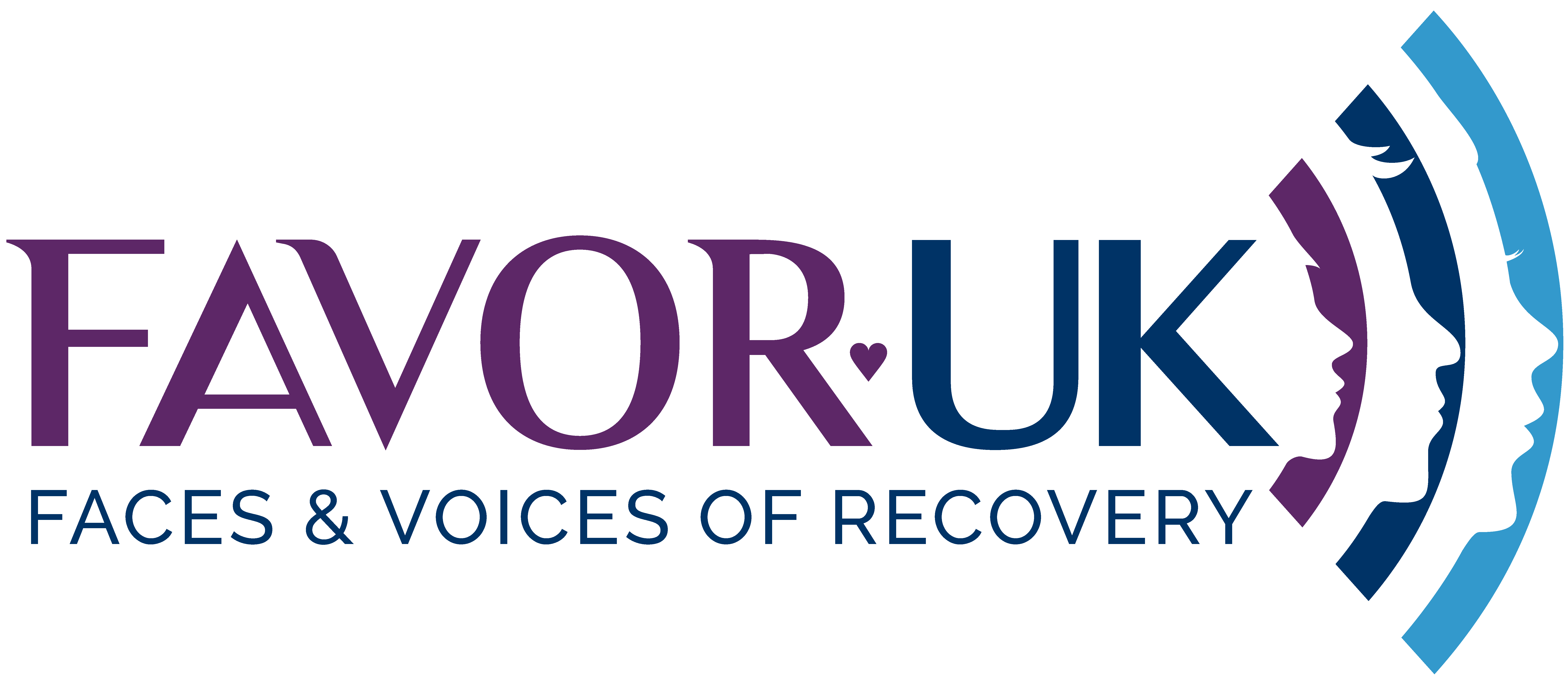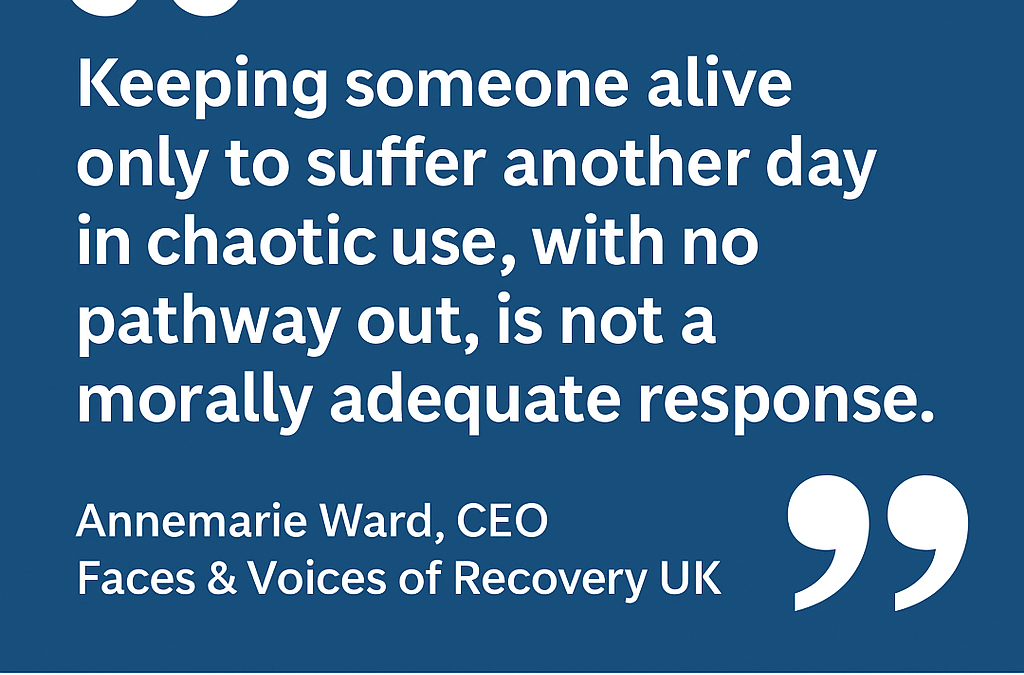APR 06, 2025
One of the most common refrains heard in addiction policy debates is, “You can’t recover if you’re dead.” On its face, this is undeniable, recovery is not possible without life. But increasingly, this phrase is wielded not as a call to action, but as a moral shield for maintaining the status quo: systems that keep people alive, but do not help them live.
Let’s be clear. Keeping someone alive only to suffer another day in chaotic use, with no pathway out, is not a morally adequate response. It is the lowest possible bar. And the fact that this has become the rallying cry of many in the harm reduction movement should deeply concern us all.
Harm Reduction Is a Means, Not an End
Harm reduction has a vital place in any compassionate and evidence-based addiction strategy. It buys time with measures like naloxone distribution, substitute prescriptions ,and needle exchanges. But harm reduction is not recovery, nor should it be confused with it.
The ethical problem emerges when harm reduction becomes the ceiling of care, rather than the floor. When systems are designed to maintain people in their addiction rather than support them to exit it, we are not preventing death, we are prolonging and profiting from suffering.
As addiction expert Dr. John Kelly of Harvard Medical School has argued, “Harm reduction must be a pathway, not a parking space” (Kelly, 2017).
A Question of Ethics
There is a growing tendency to justify passive, long-term maintenance approaches by pointing out that they keep people alive. But keeping someone alive only to watch them relapse, overdose, or deteriorate further is not ethical care, it is custodial neglect.
Is it ethical to allow a person to inject alone, in misery, for decades, simply because their life hasn’t ended yet?
Is it ethical to invest millions in reversal kits, but not offer funded beds in residential rehabilitation centres?
Is it ethical to tell someone they are “not ready” for abstinence when the system never gave them the option?
These are not rhetorical questions, they are real-world dilemmas faced by families, practitioners, and policymakers. And too often, the answer offered by current service models is a resounding silence.
The Trap of “Stabilisation”
What is often labelled “stabilisation” in modern addiction services is frequently just slow deterioration in disguise. A person is kept alive with minimal contact, maintained on substitute medication indefinitely, and offered no meaningful path toward a different life.
If addiction could be stabilised, it wouldn’t be addiction. By definition, it is uncontrollable and progressive (Volkow et al., 2016). Addiction, untreated, will escalate — not sit still.
And yet, we design services as though it can be neatly contained. This is not clinical pragmatism — it is moral and intellectual defeatism.
Practical Failure: A System That Doesn’t Work
Let’s set ethics aside for a moment and consider outcomes. The UK has some of the highest drug-related death rates in Europe (ONS, 2023). In Scotland, the figures are catastrophic — despite the heavy dominance of harm reduction over recovery-oriented care.
The “you can’t recover if you’re dead” argument assumes that harm reduction prevents death, but the data tell a more complicated story. Survival without support often leads to cycling in and out of overdose, hospitalisation, homelessness, and incarceration.
In contrast, studies show that abstinence-based treatment models, when properly funded and integrated with community support, produce better long-term outcomes in terms of employment, mental health, and reduced criminal justice involvement (Best et al., 2010; White, 2007).
We must stop pretending that the only alternative to immediate abstinence is indefinite harm containment. There is a spectrum of care, and people deserve the chance to move along it, not be parked at the starting line forever.
A Call for Moral Imagination
This debate ultimately comes down to belief — do we believe people can recover? Do we believe they deserve the opportunity to try? Or are we content with a system that just keeps them breathing?
Ethically, we must aim higher. Practically, we must do better. Morally, we must remember that keeping someone alive is only the beginning of our responsibility, not the end of it.
We don’t ask people with cancer to “stay stable” indefinitely. We don’t offer people in trauma “harm reduction only.” We must stop applying a double standard to people with addiction.
Because a life half-lived is not a life saved.
References
Best, D., Rome, A., Hanning, K.A., White, W., Gossop, M., Taylor, A. and Perkins, A., 2010. Research for recovery: A review of the drugs evidence base. Scottish Government Social Research. Available at: https://www.gov.scot/publications/research-recovery-review-drugs-evidence-base/ [Accessed 5 Apr. 2025].
Kelly, J., 2017. Recovery Research Institute: Definitions and Pathways. Harvard Medical School. Available at: https://www.recoveryanswers.org [Accessed 5 Apr. 2025].
Office for National Statistics (ONS), 2023. Drug-related deaths in the UK: 2022 registrations. Available at: https://www.ons.gov.uk/peoplepopulationandcommunity [Accessed 5 Apr. 2025].
Volkow, N.D., Koob, G.F. and McLellan, A.T., 2016. Neurobiologic Advances from the Brain Disease Model of Addiction. New England Journal of Medicine, 374(4), pp.363–371. https://doi.org/10.1056/NEJMra1511480
White, W.L., 2007. Addiction recovery: Its definition and conceptual boundaries. Journal of Substance Abuse Treatment, 33(3), pp.229–241. https://doi.org/10.1016/j.jsat.2007.04.015

